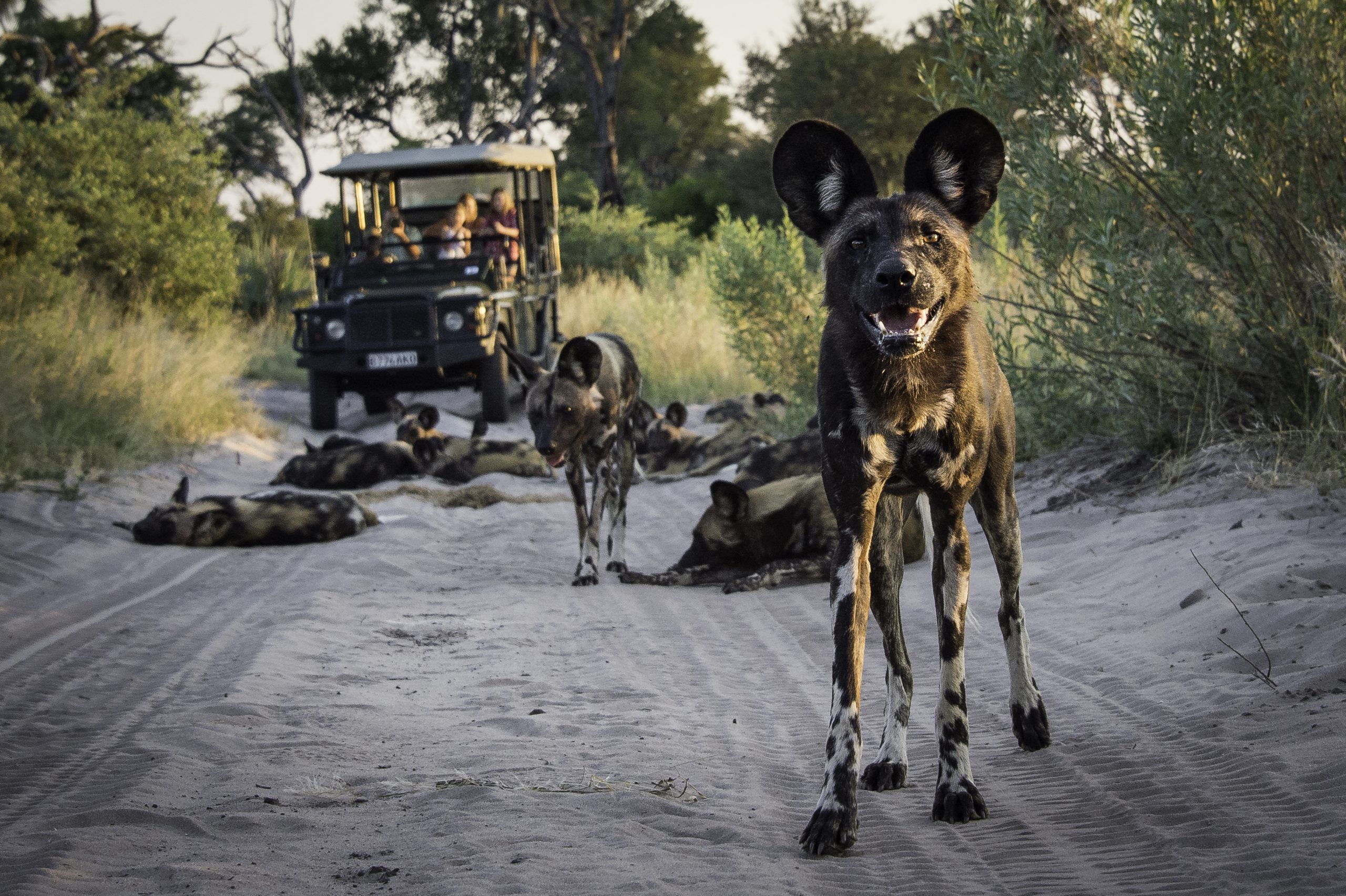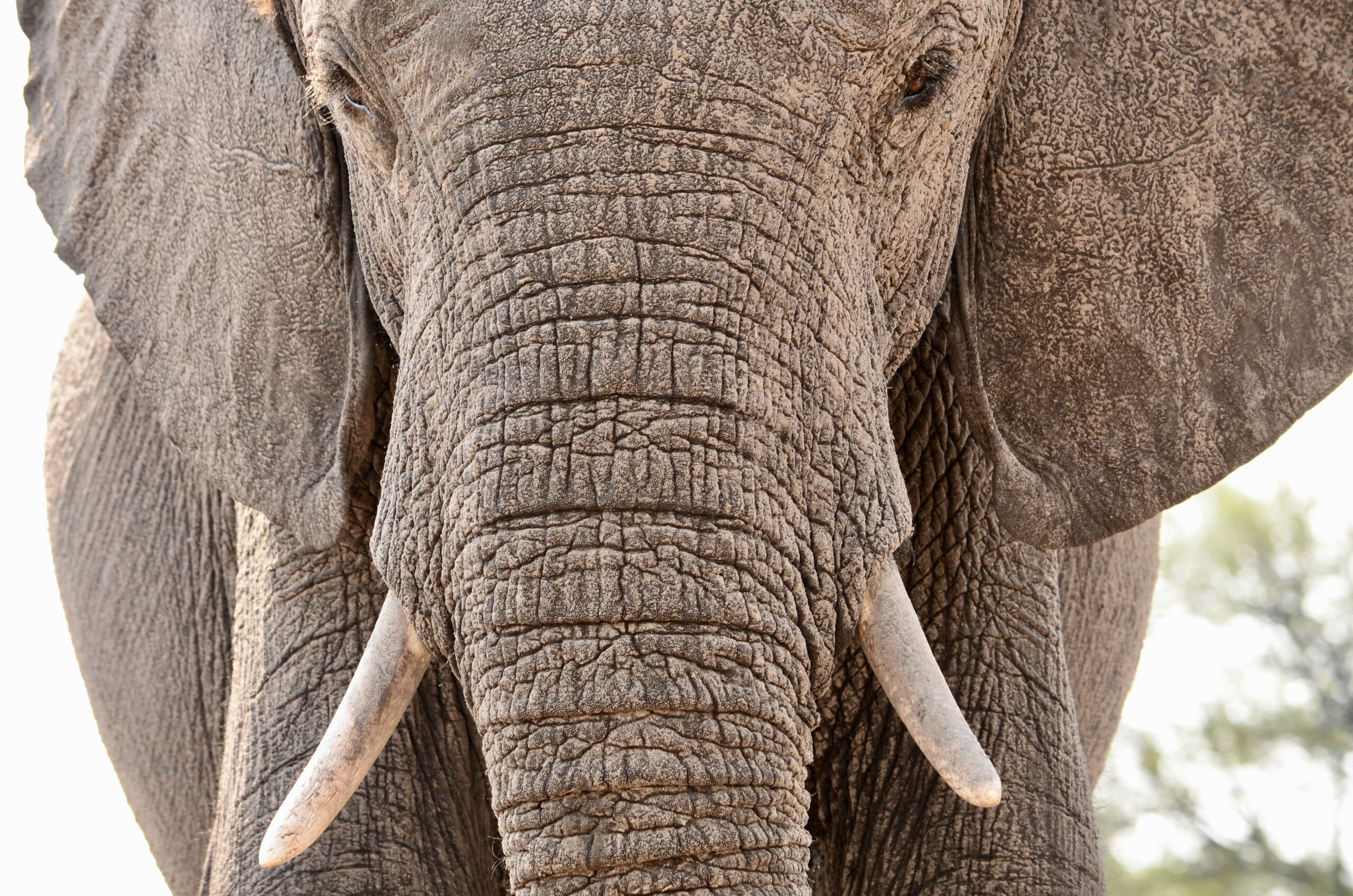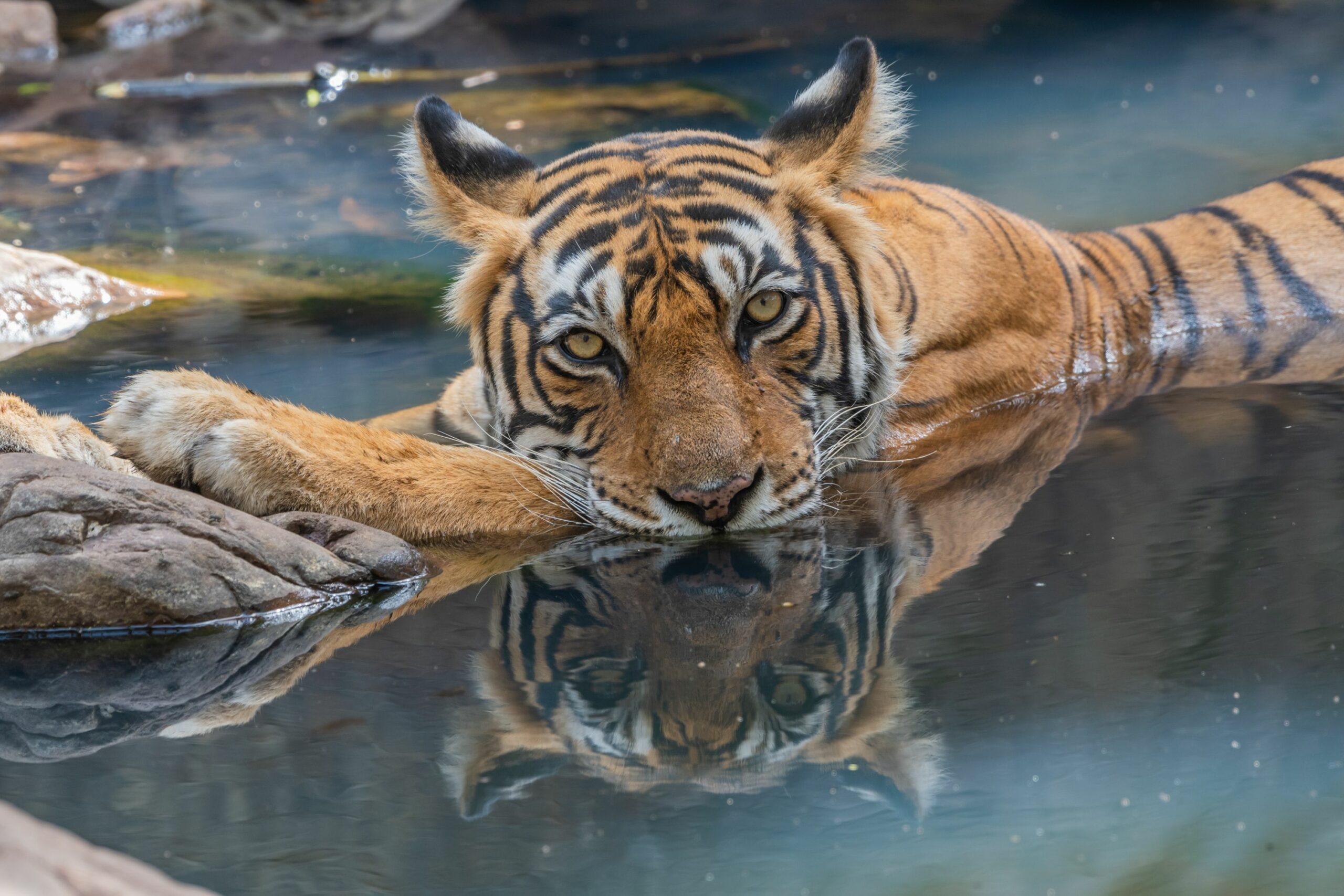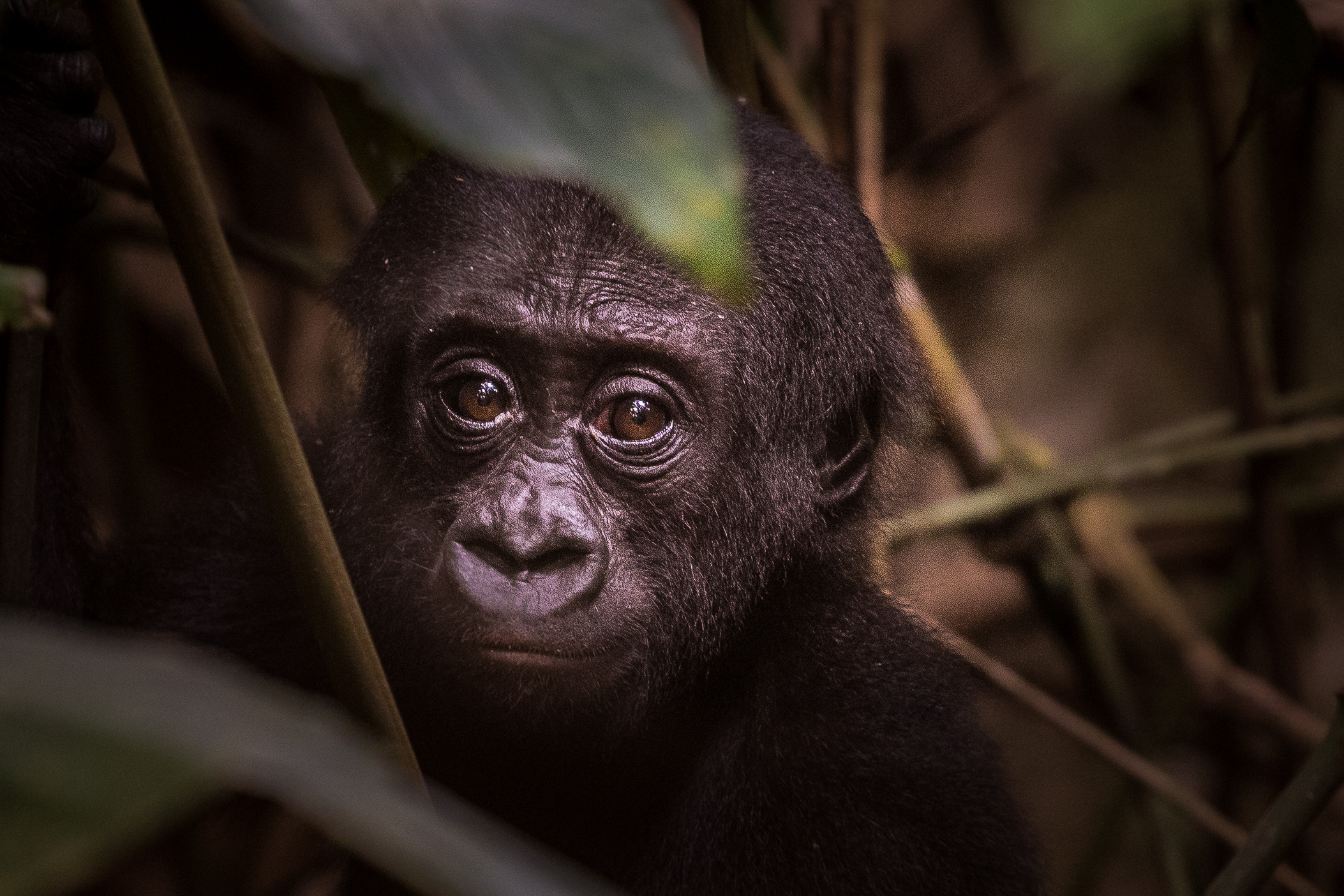Many guests contact us to help them plan a safari around the possibility of seeing African wild dogs – there are several key parks in certain African countries where there is a good chance of being able to view these wonderful, but elusive, predators. It is best not to totally set your heart on seeing them in one visit – simply go and enjoy the destination you choose with an open mind and if you see them – it will be a great bonus!
The African Wild Dog, Painted Wolf, Painted Dog or Cape Hunting Dog, is a wild canine native to sub-Saharan Africa and is one of the most endangered species in Africa. The dogs are slim with long limbs and have beautiful, mottled coats of black, brown, white, reddish brown, and beige patches, huge bat-like ears and a white tip at the end of their tails. Interestingly, unlike domestic dogs, they only have four toes on their front paws.
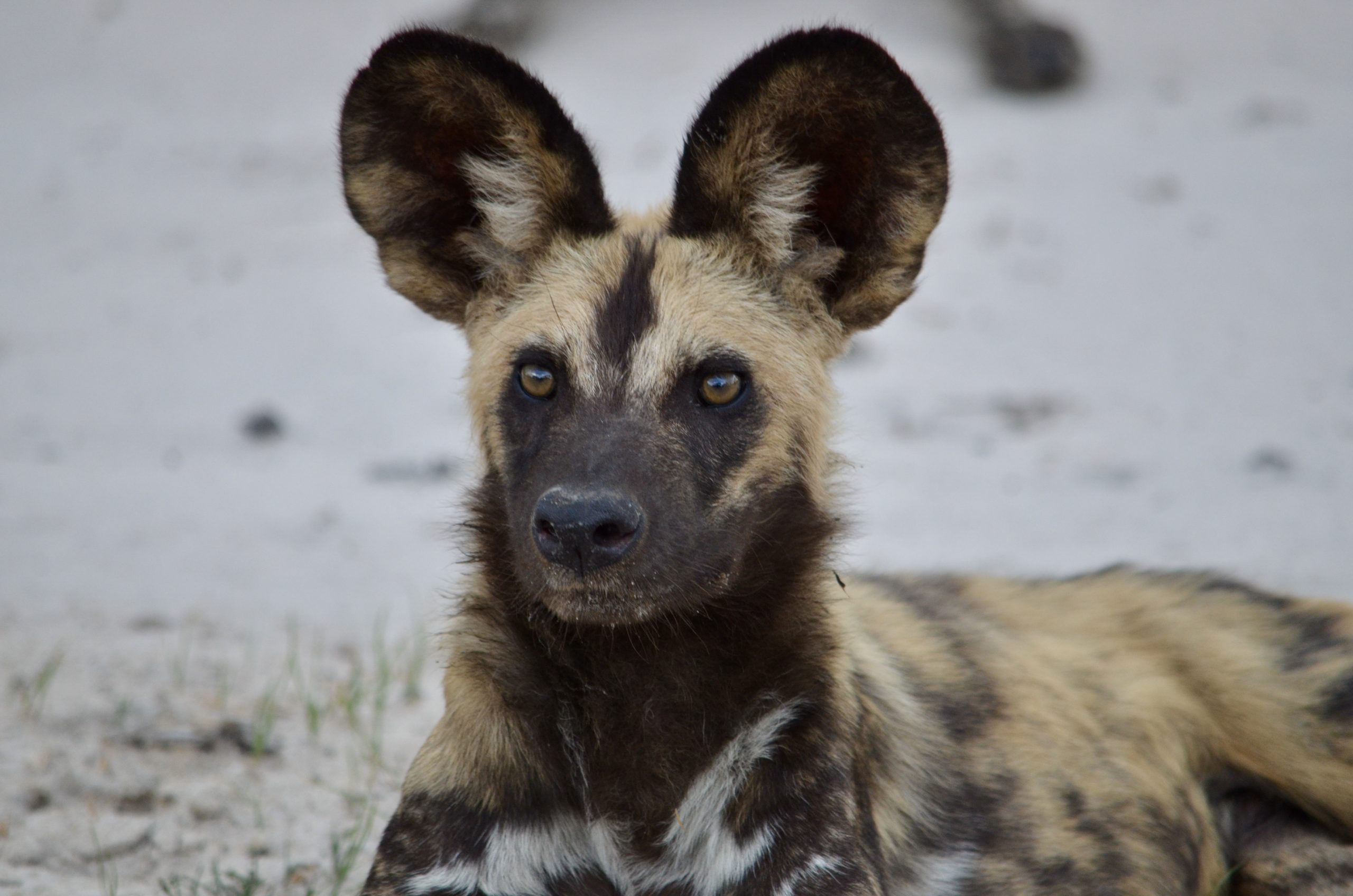
One of the most fascinating species to encounter on safari – these sociable canines live in packs which average around 10 to 14 individuals – but can be much larger – and have an interesting social structure living in groups led by a monogamous pair of alpha dogs. Their hunting techniques are extremely successful with every member of the pack having both a social status and a role in pack life. The dogs have a wide range of communication and vocalizations which include barks and elaborate greeting rituals, which are accompanied by high pitched yipping and whining.
Sleeping for most of the day, wild dogs are most active first thing in the morning and at dusk when temperatures are cooler. As the pack wakes up there is lots of stretching and high-pitched vocalisations before the alpha dog sets off at a brisk trot in search of prey, which includes mainly gazelles, antelopes, warthogs, rats and birds. They will naturally take easy prey which is injured or sick and once targeted their prey seldom escapes – the dogs hunt efficiently and have great pack coordination. Often once prey is targeted the pack will systematically chase it until it tires. The dogs have great stamina, and have been known to run for long distances at speeds of up to 35mph.
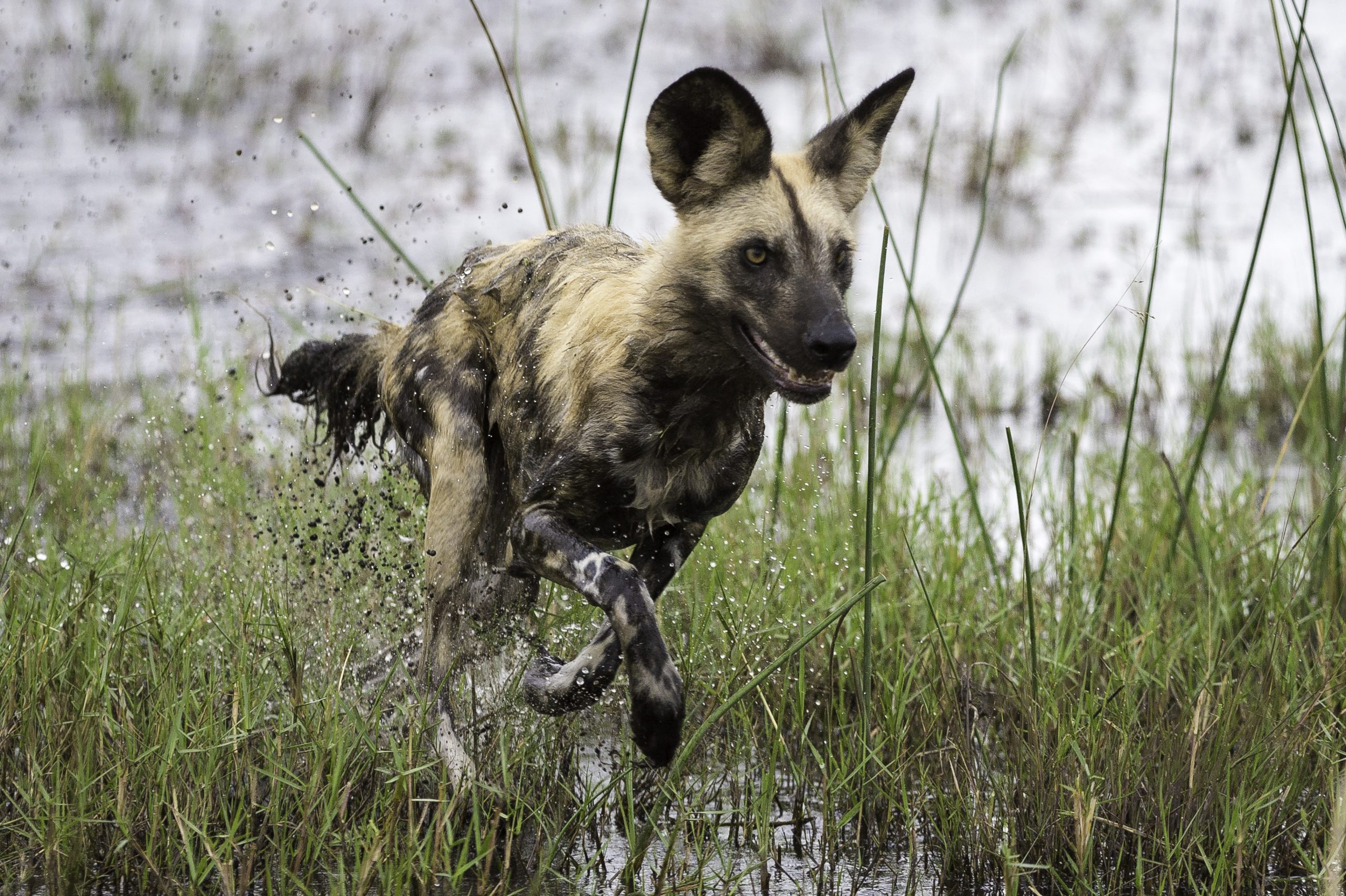
One of my favourite species to watch whilst on safari – wild dogs are hugely entertaining. They are exhilarating to watch whilst hunting, and it is interesting to sit and watch their behaviours whilst sleeping, playing, and waking up from a nap. The alpha female gives birth to the pups and both males and females play a role in looking after the young – babysitting, playing and regurgitating meat for the nursing female and pups.
The dogs are endangered, and their numbers are in an irreversible decline due to loss of territories, conflicts with humans and disease. As the dogs can hunt domestic cattle, they have been either shot or poisoned by local communities, and natural diseases include rabies and canine distemper. Today conservation plays a hugely important role in the creation of protected areas such as parks, conservancies, reserves, wildlife corridors. Conservationists are working in many countries to reduce the conflict between humans and wild dogs and dispelling local myths through education and training.
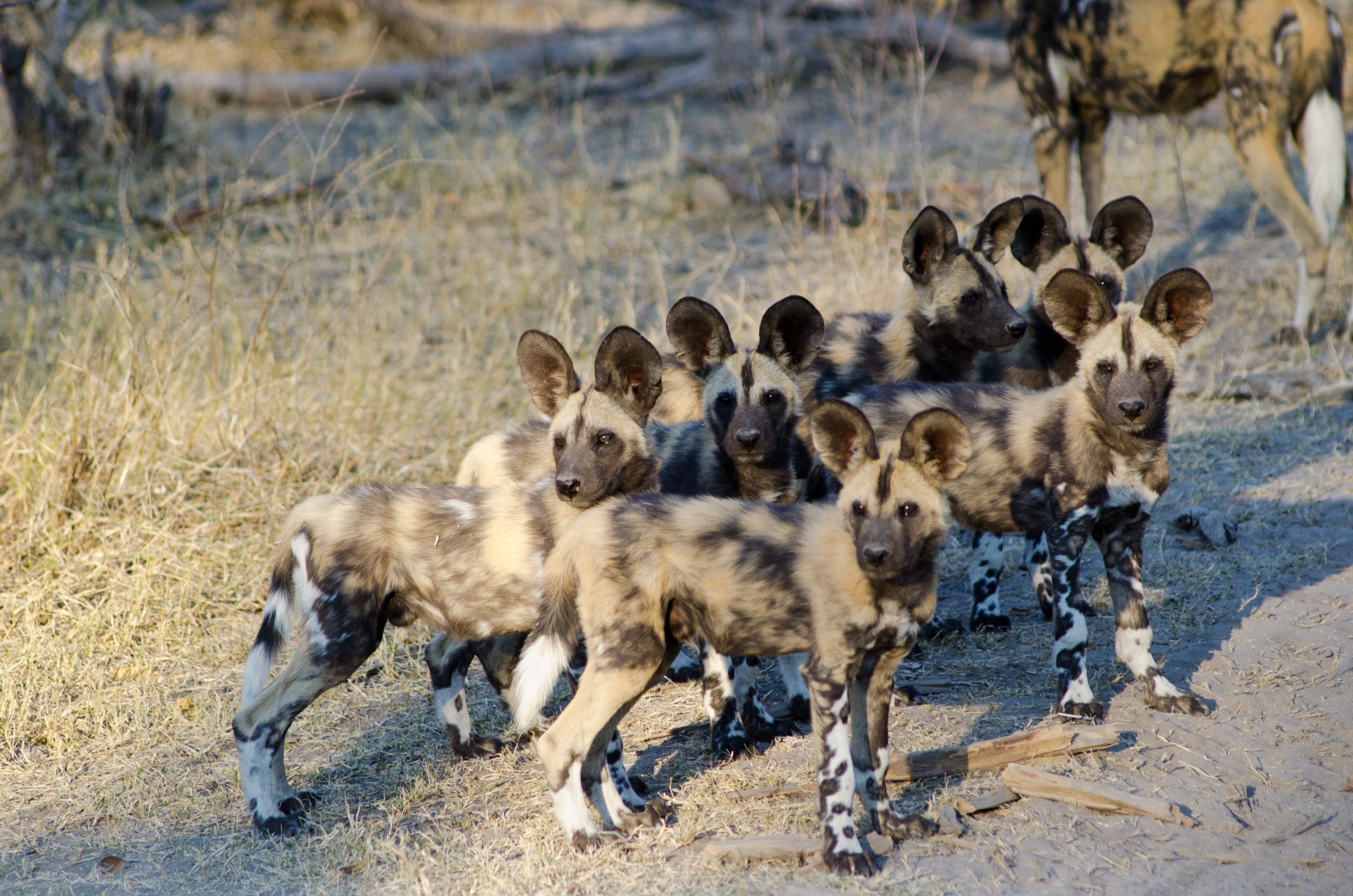
The areas below are excellent places to start when planning an African safari with good opportunities of seeing wild dog – arranged in alphabetical order:
BOTSWANA
The areas around the Okavango Delta, Moremi, southern Chobe areas such as Savute, Linyanti and the Kwando Concession next to Linyanti are all areas where you will stand a decent chance of seeing wild dog.
Botswana Predator Conservation Trust works to preserve Africa’s large carnivores – African Wild Dog, Cheetah, Leopard, African Lion and Spotted Hyaena – by focusing on the behaviour and ecology of threatened and endangered large carnivore species and the effect of human development on wildlife species and their habitats. Additionally, the organisation focuses on the impact of management and development policies and activities relating to these areas and better understanding of the natural mechanisms of conflict avoidance and strategies for co-existence.
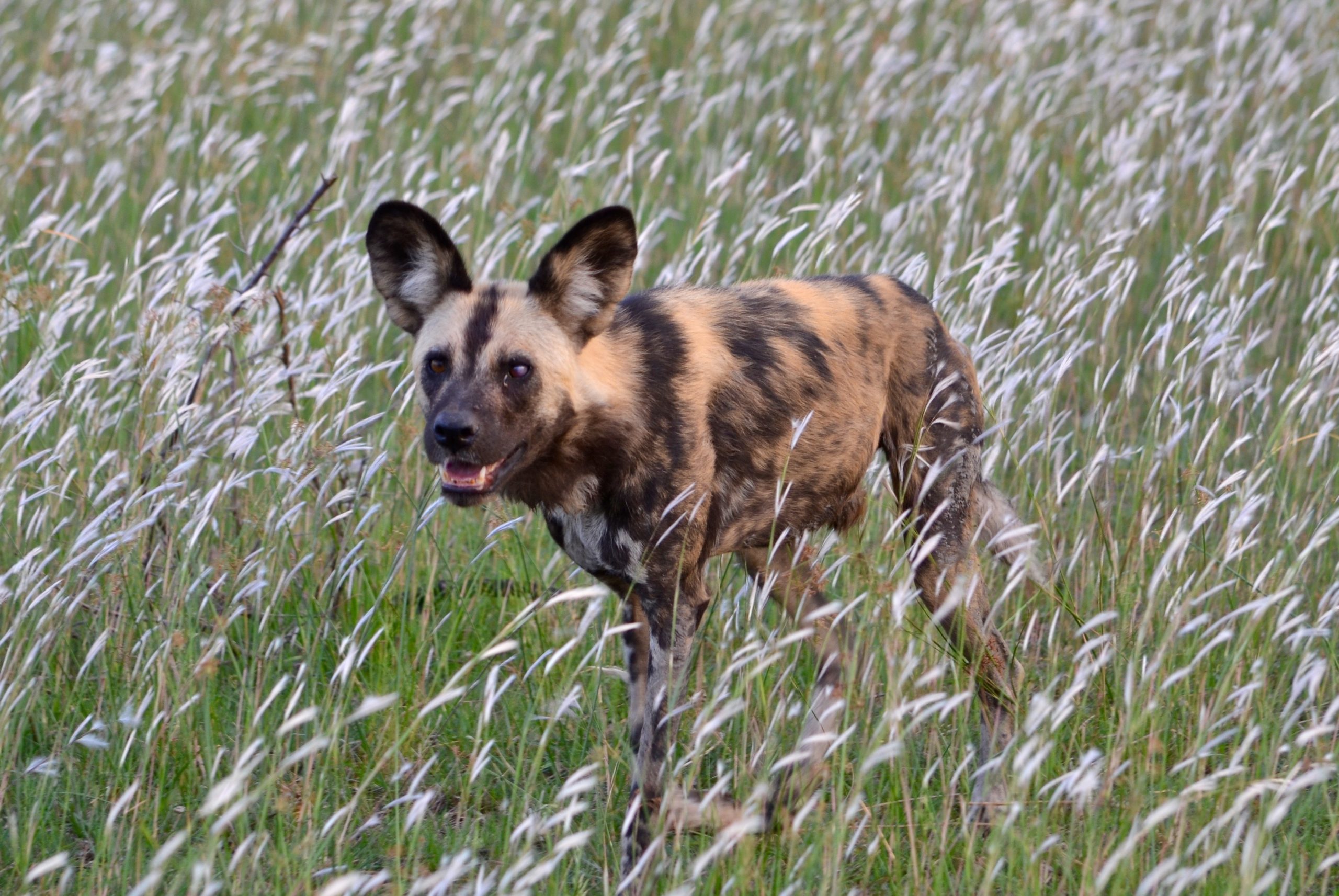
KENYA
The Laikipia area has many private conservancies where it is possible to encounter wild dogs, and further north Samburu Reserve. Please call us for specific areas.
The Kenya Rangelands Wild Dog and Cheetah Project combines the expertise of cheetah specialist Dr Sarah Durant with wild dog specialist Rosie Woodroffe and has the key objectives to develop sustainable tools to foster coexistence of cheetahs and wild dogs with local people and domestic animals, to promote landscape connectivity for wild dogs and cheetahs by identifying corridors and other landscape linkages, to improve the status of cheetahs, wild dogs and their habitat by building public understanding and support throughout all segments of society within the project area and to promote coexistence of cheetahs and wild dogs with people through targeted advice to communities within the project area taking the techniques developed in the project area to other areas supporting cheetahs and wild dogs.
This project is expected to make a major contribution to the conservation of cheetahs and wild dogs, locally, nationally, and internationally. Since 2001, the project’s predecessor, the Samburu-Laikipia Wild Dog Project, witnessed an eight-fold increase in wild dog numbers.
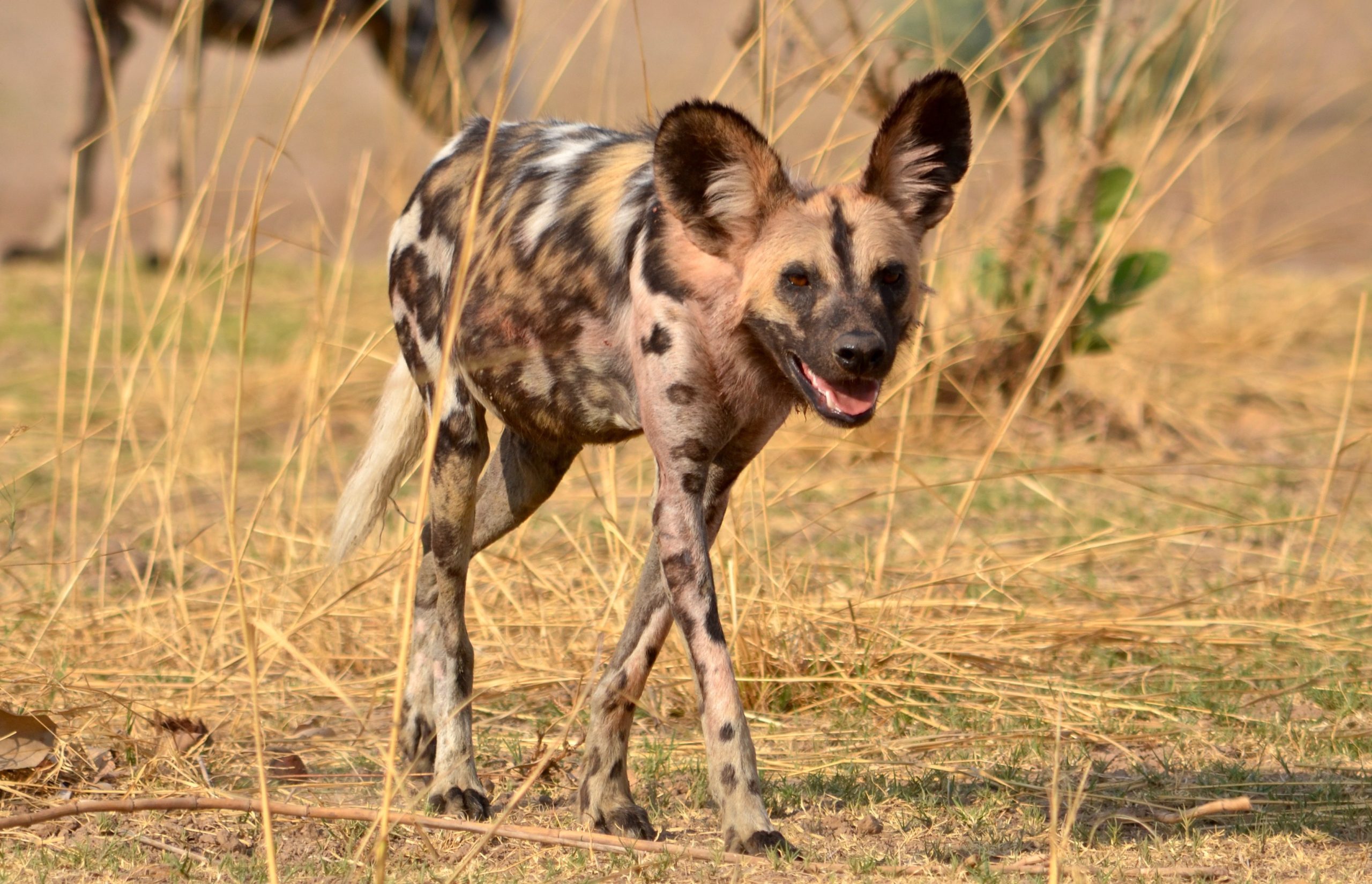
TANZANIA
Wild dogs can be seen in Nyerere National Park (formerly Selous Reserve) on a regular basis. Other areas where occasional sightings occur include the Serengeti, and Ruaha and Katavi National Parks.
WWF aims to create protected areas and the protection of major wildlife corridors which benefit species such as the African wild dog. In southern Tanzania and northern Mozambique, WWF works to protect important wildlife corridors between major game reserves and to reduce conflict with humans.
Additionally, the Tanzania Wildlife and Research Institute is conducting research into wild dogs in Tanzania – Wild Dog Conservation Project in Serengeti Ecosystem.
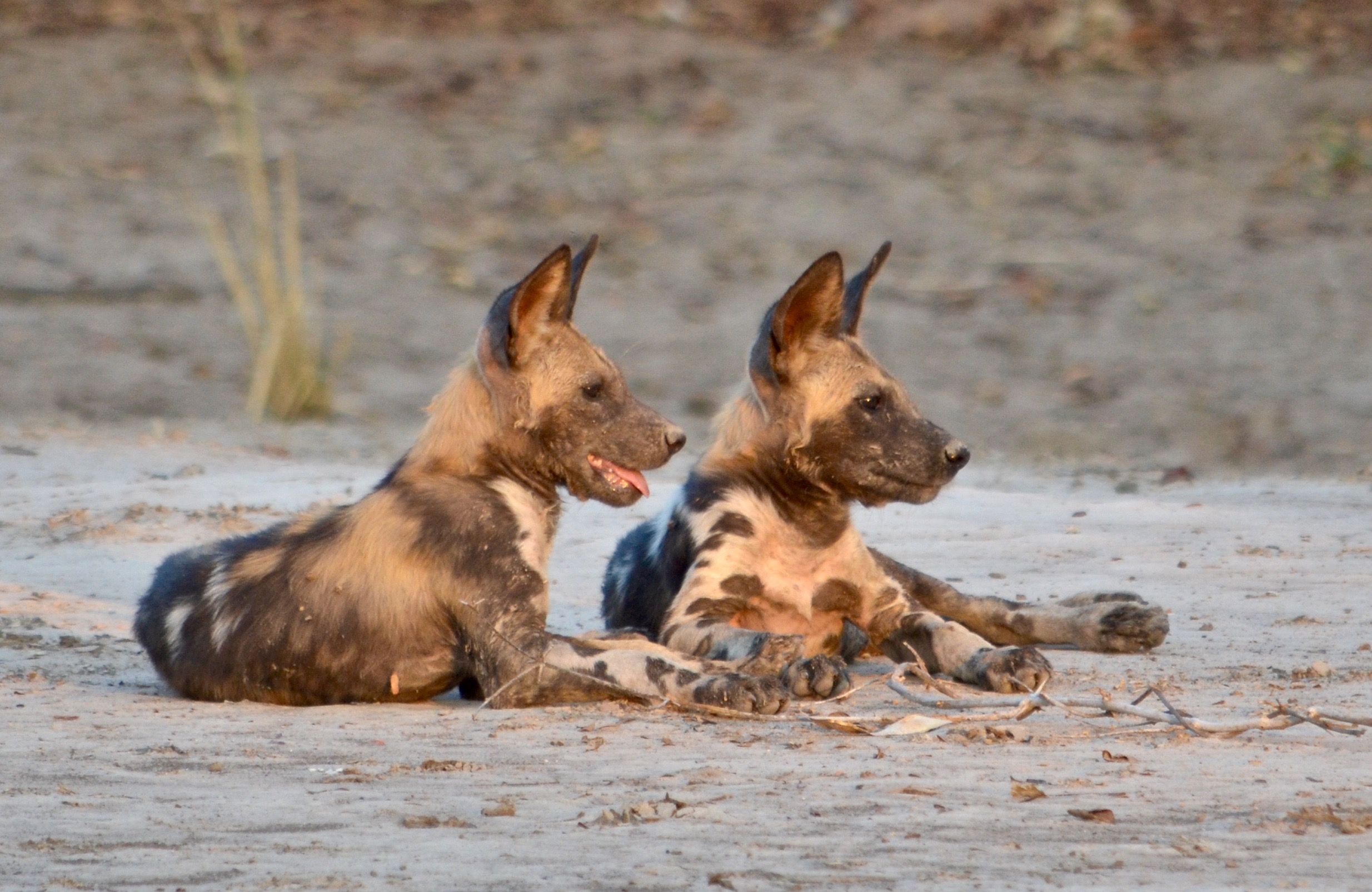
ZAMBIA
Probably the best area to see wild dogs in Zambia is the South Luangwa National Park, but other areas where it is possible to see them are Liuwa Plains National Park and the Lower Zambezi National Park.
The Zambia Carnivore Programme – initially set up to work with wild dogs but has now expanded to include other large carnivores – aims to ensure wildlife conservation is informed, effective and sustainable through scientific research, education, capacity building and on the ground. The country has 26 known denning packs and over 400 dogs (2023).
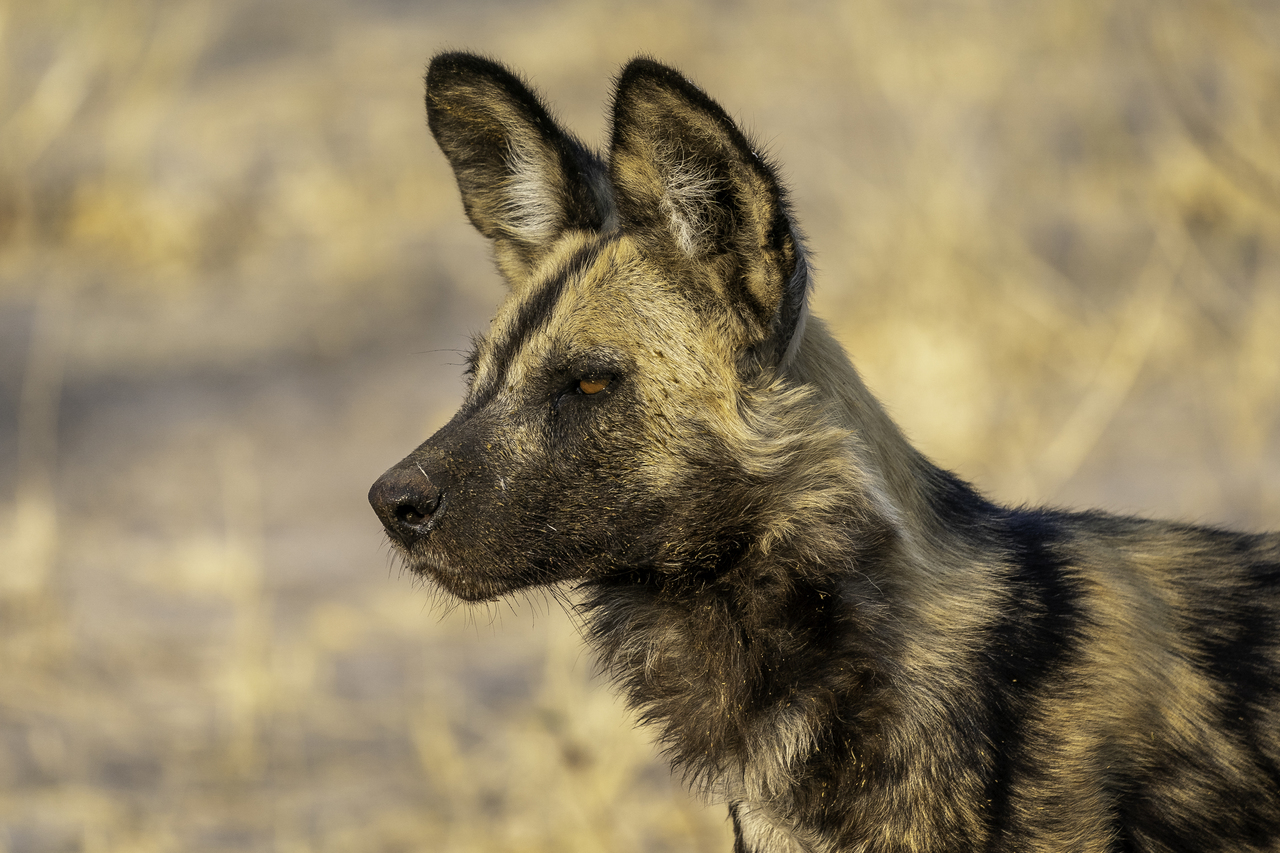
ZIMBABWE
Head to Mana Pools or Hwange to be in with a good chance of viewing wild dogs with the opportunity of seeing them on foot whilst walking in Mana Pools.
Painted Dog Conservation is based just outside Hwange National Park and have put together a long-term conservation model to make a significant difference to the painted dog population in Zimbabwe. They employ more than 60 people from the local villages to run the conservation programs and education outreach programs which include an Anti-Poaching Unit team, and a Rehabilitation Facility where injured and orphaned dogs are treated before returning them to the wild. They monitor more than 6 packs of painted dogs daily across Hwange National Park and 4 packs in Mana Pools and the Mid-Zambezi.
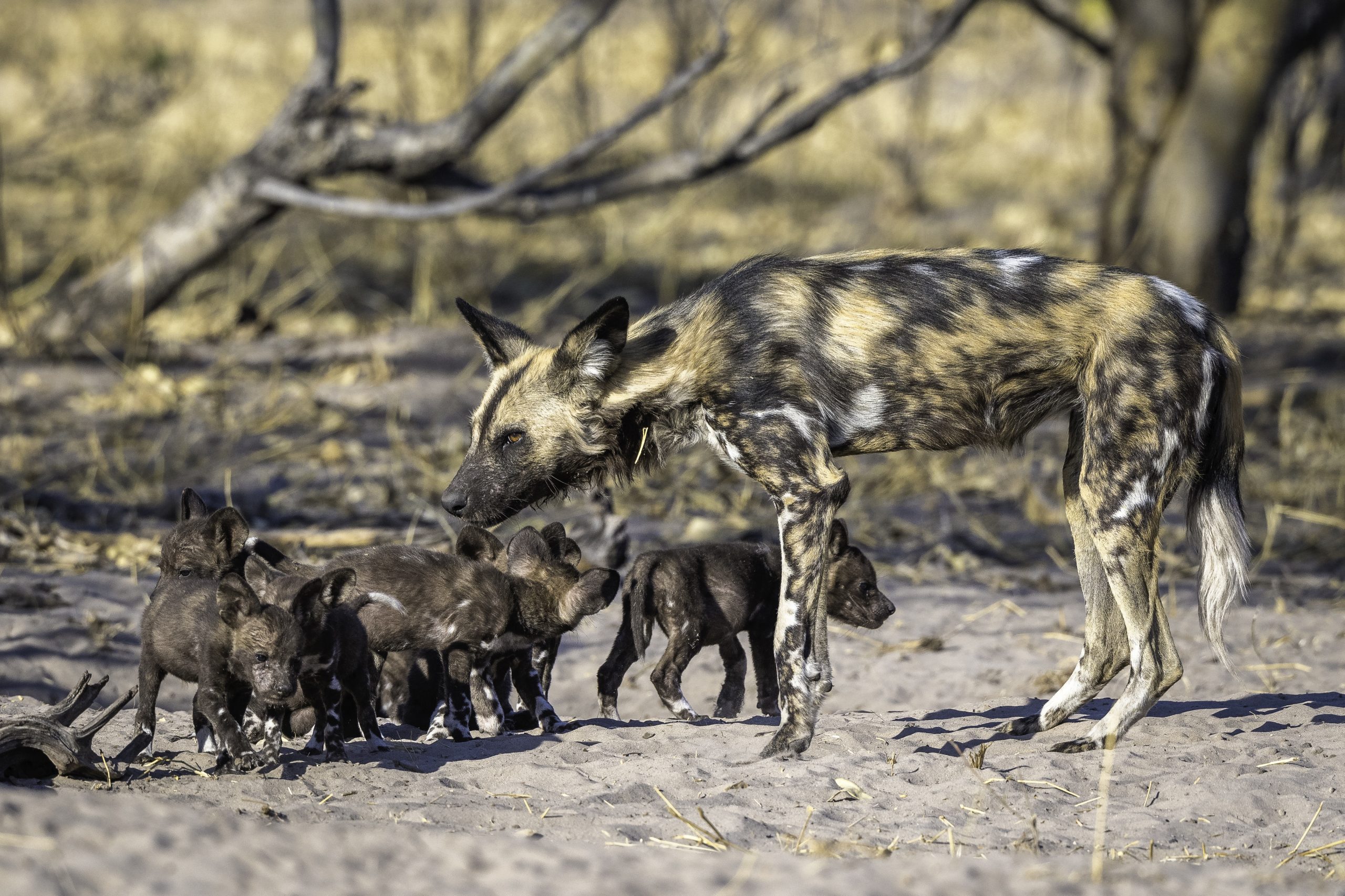
SOUTH AFRICA
The Kruger National Park and Sabi Sands, private game reserves in the Kruger area such as Timbervati and Thornybush, Madikwe National Park, Waterberg and Hluhluwe Imfolozi National Park are all good areas with excellent chances of seeing wild dogs whilst on safari.
One example of wild dog conservation in South Africa is the Waterberg Wild Dog Initiative which works within the community to conserve African wild dogs in the Waterberg, South Africa. Working within the community to better understand the human-wildlife conflict occurring and promote co-existence, WWDI runs innovative projects to mitigate threats of persecution, snaring, road collisions, and habitat fragmentation. Additionally, they focus on Increasing awareness of the conservation status of African Wild Dogs and educating the community about the importance of the Waterberg Wild Dog population.
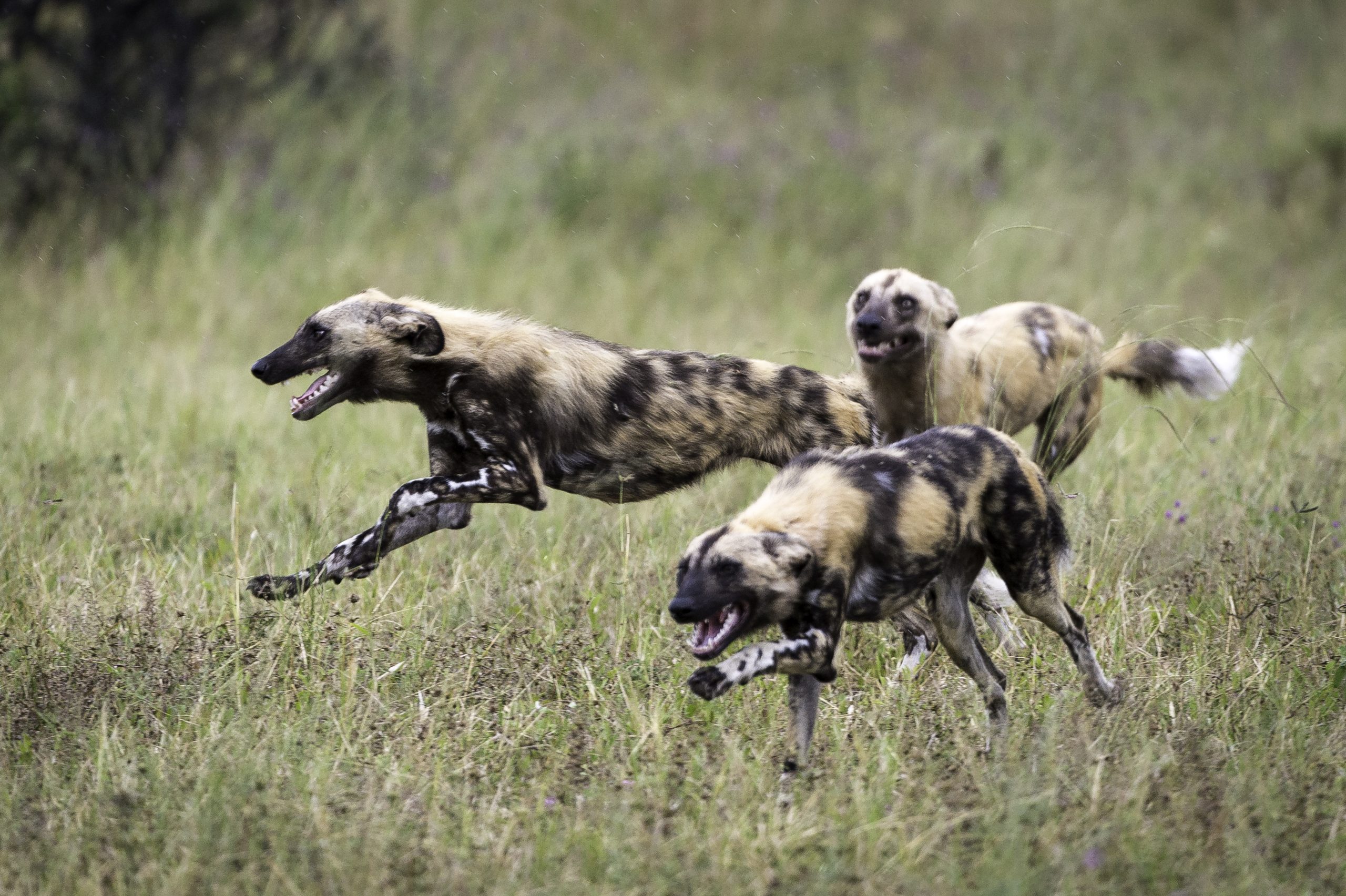
FAST FACTS FOR ADULT WILD DOGS!
STATUS – Endangered
POPULATION – Estimated 6,600
SCIENTIFIC NAME – Lycoon pictus
LENGTH – 30-45in length
HEIGHT – 24 – 35in shoulder height
WEIGHT – 40-79 lbs
MAX SPEED – Up to 44mph
LIFESPAN IN WILD – 10 – 12 years
HABITAT – savannah, grasslands, deserts and woodland
NUMBER LEFT IN WILD – approximately 6,600
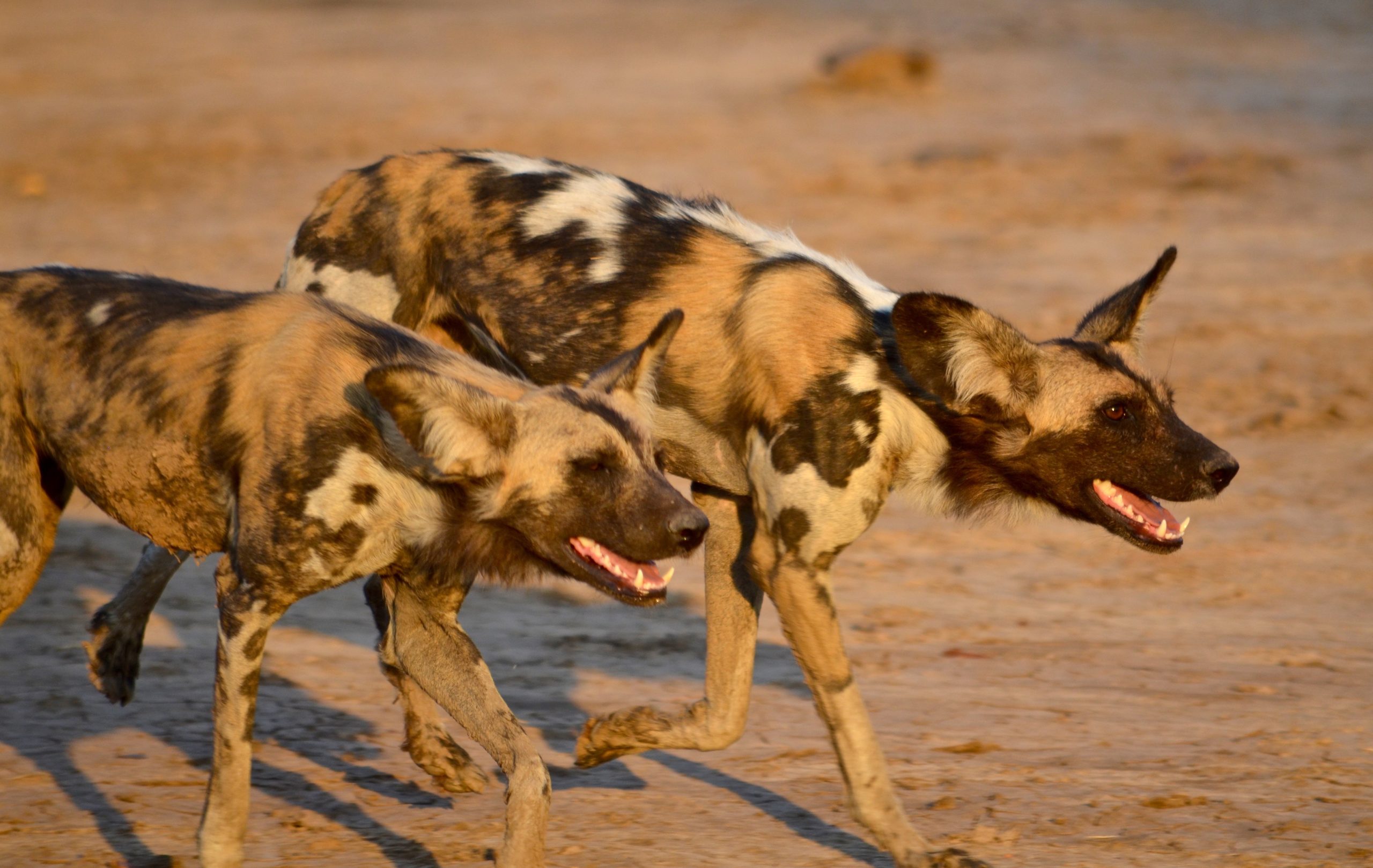
BEST TIME TO VIEW WILD DOGS
Dogs usually den around May and June so the rest of the pack will hunt in the location of the den, which is often an old aardvark, porcupine, or warthog hole. The alpha female will give birth to approximately 4 to 12 puppies who are born blind and will be sucked inside the den for 3 weeks and begin to eat regurgitated meat outside the den at around 4 or 5 weeks old. By around 8 weeks they are weaned, and they will leave the den area at around 12 weeks. Careful control of visitors to the den site is often practiced by neighbouring camps to protect the puppies, as too many vehicles visiting may cause the dogs to relocate their den.
This means that from around May to September the pack is tied to the den area and even when the puppies come out and start moving with the pack they are often looked after by a babysitter, usually on an open pan area, whilst the adult dogs hunt.
After September the dogs will move further away from the denning area, but their speed and range will still be restricted by the ability of the puppies. At other times of the year wild dogs can still be seen but their location is less predictable, as they can cover huge distances daily.
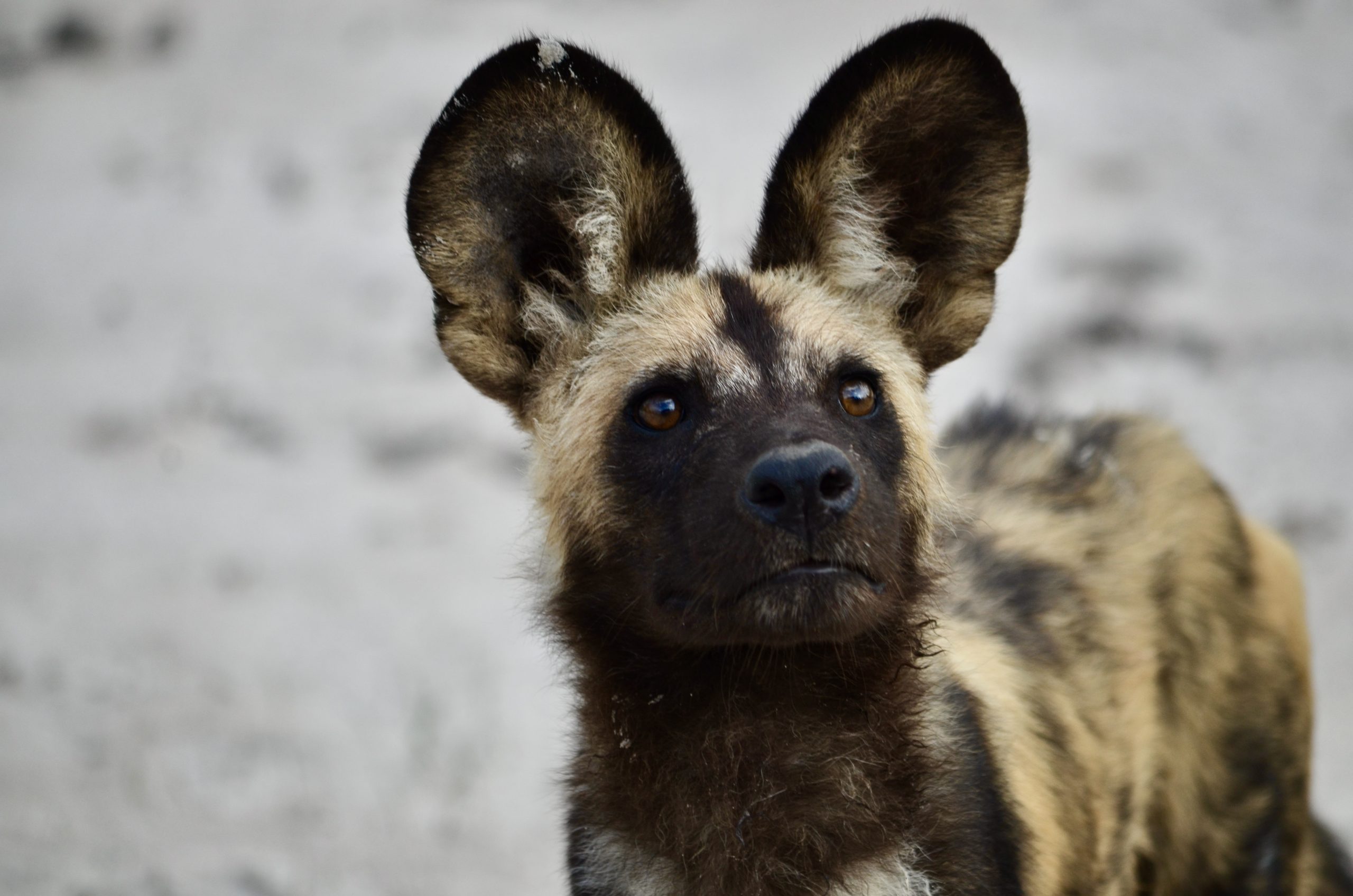
Whilst we can point you in the right direction – nothing beats talking through your options and highlighting where we can assist you with the total planning of your safari, taking all your interests, wish lists and budget into consideration. Please call us for an informal chat on 01984 667420 or email sue@trackssafaris.co.uk to arrange a telephone call back!
